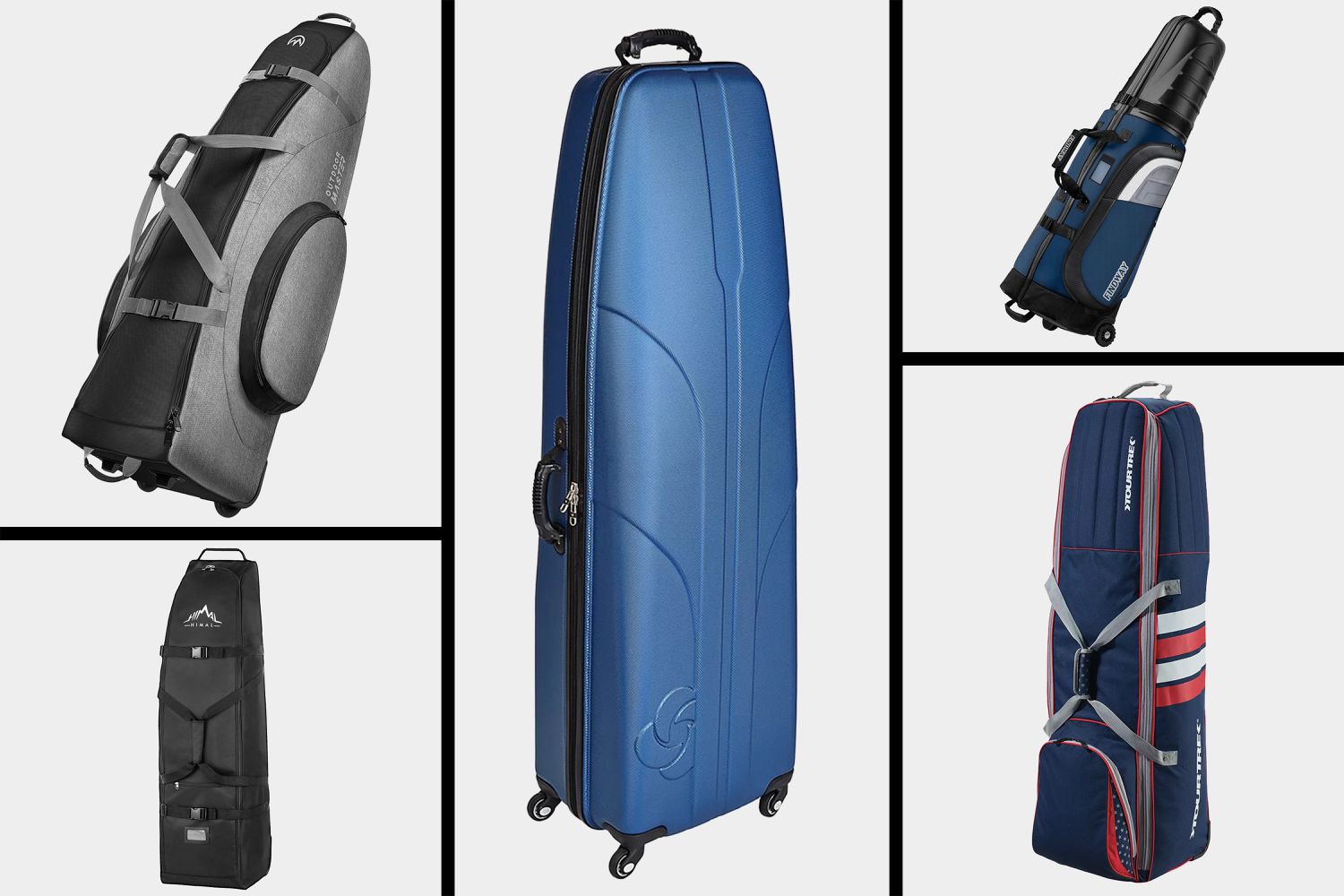When it comes to transporting golf clubs from one place to another, it is not just about protection for your sunday golf bag; it also affects physical well being. Golf travel bags that are not designed properly can cause back and shoulder strain, causing pain or even long term injuries. An ergonomic, well balanced option will provide easy mobility with little stress on muscles and joints.
Prioritizing Lightweight Construction
Unnecessary bulk makes transportation cumbersome. Golf travel bags made of carbon fiber or ballistic nylon are a good choice because they are both durable and lightweight. A well balanced bag helps with mobility and reduces fatigue on extended travel.
Choosing the Right Strap System
Straps are very important in reducing discomfort. Padded designs that adjust to your weight distribute the strain more evenly, reducing the heavy weight for the golf course or airport stroll.
Backpack-Style Straps
Dual strap backpack systems for bags distribute the weight throughout the shoulders rather than one side. For the people who carry their equipment frequently, this is a good option.
Single Shoulder Straps
For those who like traditional carry bags, there’s a thickly padded, adjustable shoulder strap that is better for supporting the body and avoiding pressure build up on one side.
Hard-Shell vs. Soft-Sided Bags
Both types offer unique advantages. Travel frequency and the types of protection needed determine which choice is best.
Hard-Shell Bags
- Offer maximum club protection against impact and rough handling
- Typically heavier and less flexible
- Ideal for frequent air travelers needing extra durability
Soft-Sided Bags
- Lightweight and easier to maneuver
- Provide sufficient padding with reinforced sections
- Better suited for car travel or golfers who prefer flexibility
Wheels vs. Carry-Style Bags
The choice between rolling and carry-style bags significantly affects physical strain.
Rolling Bags
- Reduce stress on the shoulders and back
- Equipped with durable wheels for effortless transport
- Ideal for frequent travelers navigating airports or long distances
Carry Bags
- More compact and lightweight
- Require proper strap padding to minimize shoulder pressure
- Best for shorter transport distances or golfers who prefer carrying their clubs
Handle Positioning and Grip Comfort
The handles are placed strategically so that one can easily lift it without stressing the lower back. Rubberized grips are better for control purposes so that the hands don’t fatigue due to loading and unloading bags from vehicles or storage compartments.
Internal Padding and Equipment Security
Clubs are well cushioned in the interiors to prevent them from shifting and hence you will not have to keep repositioning them all the time. More stability is provided by compression straps and reinforced dividers that keep equipment in position without unnecessary adjustment that could cause muscle fatigue.
Storage Compartments: Balancing Utility and Weight
Convenience is increased by extra pockets, but they take up too much bulk. The compartments are prioritized to withstand weight while still allowing the easily accessible use of accessories. A travel bag that has storage areas well placed so that the load is not cumbersome is selected.
Best Features for Air Travel
Frequent flyers should consider specific travel-friendly features:
- Reinforced corners to withstand baggage handling
- Compact dimensions to comply with airline restrictions
- TSA-approved locks for added security
- Lightweight yet durable materials to avoid excess baggage fees
Making an Informed Decision
The best golf travel bag is light but strong, comfortable to wear, and it should be easy to carry around. It has a focus on prioritizing lightweight materials, reinforced straps and well placed handles to reduce physical strain greatly. When choosing a rolling or carry style bag, comfort and function are two things that will make your journey smoother and pain free.





